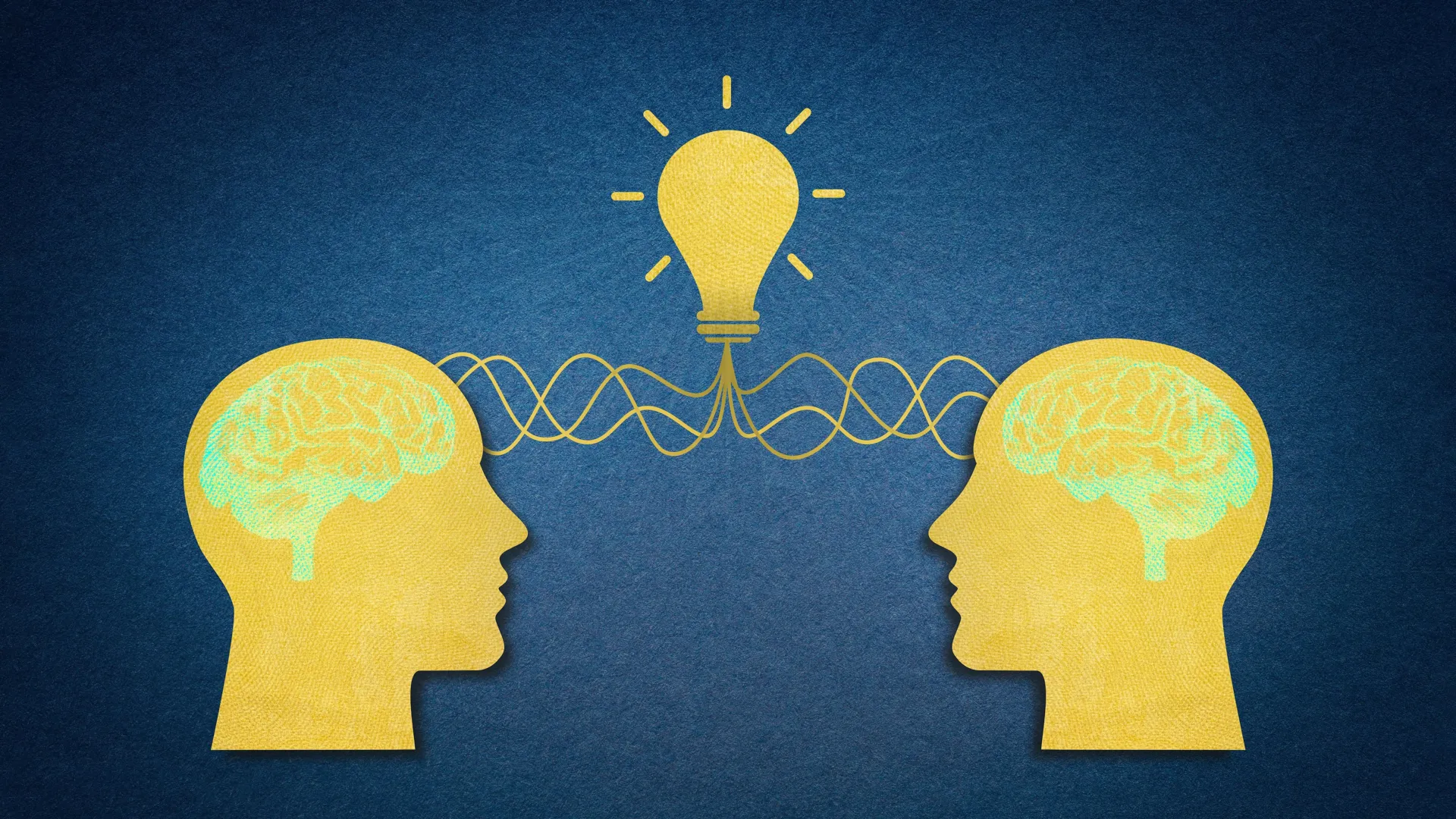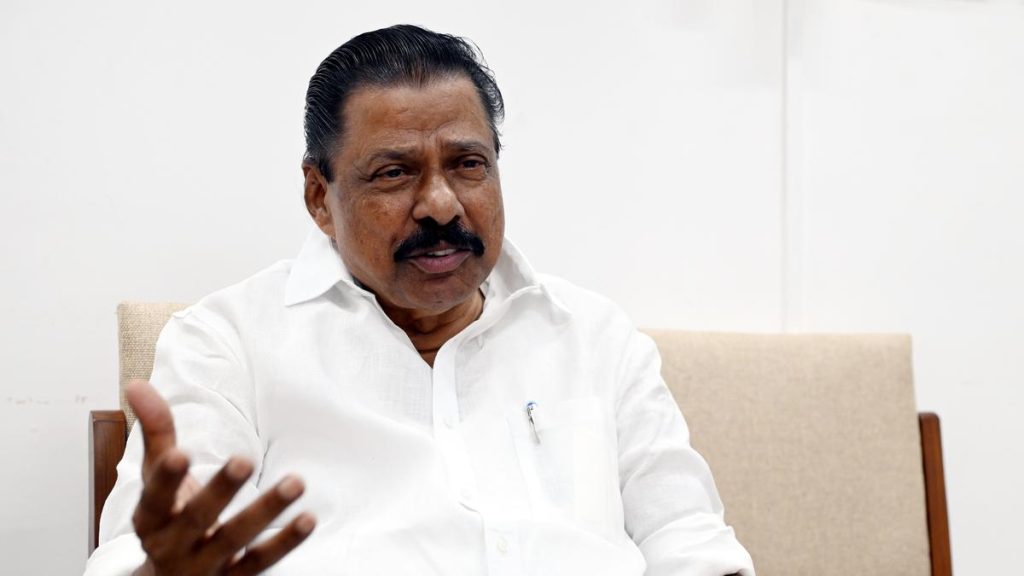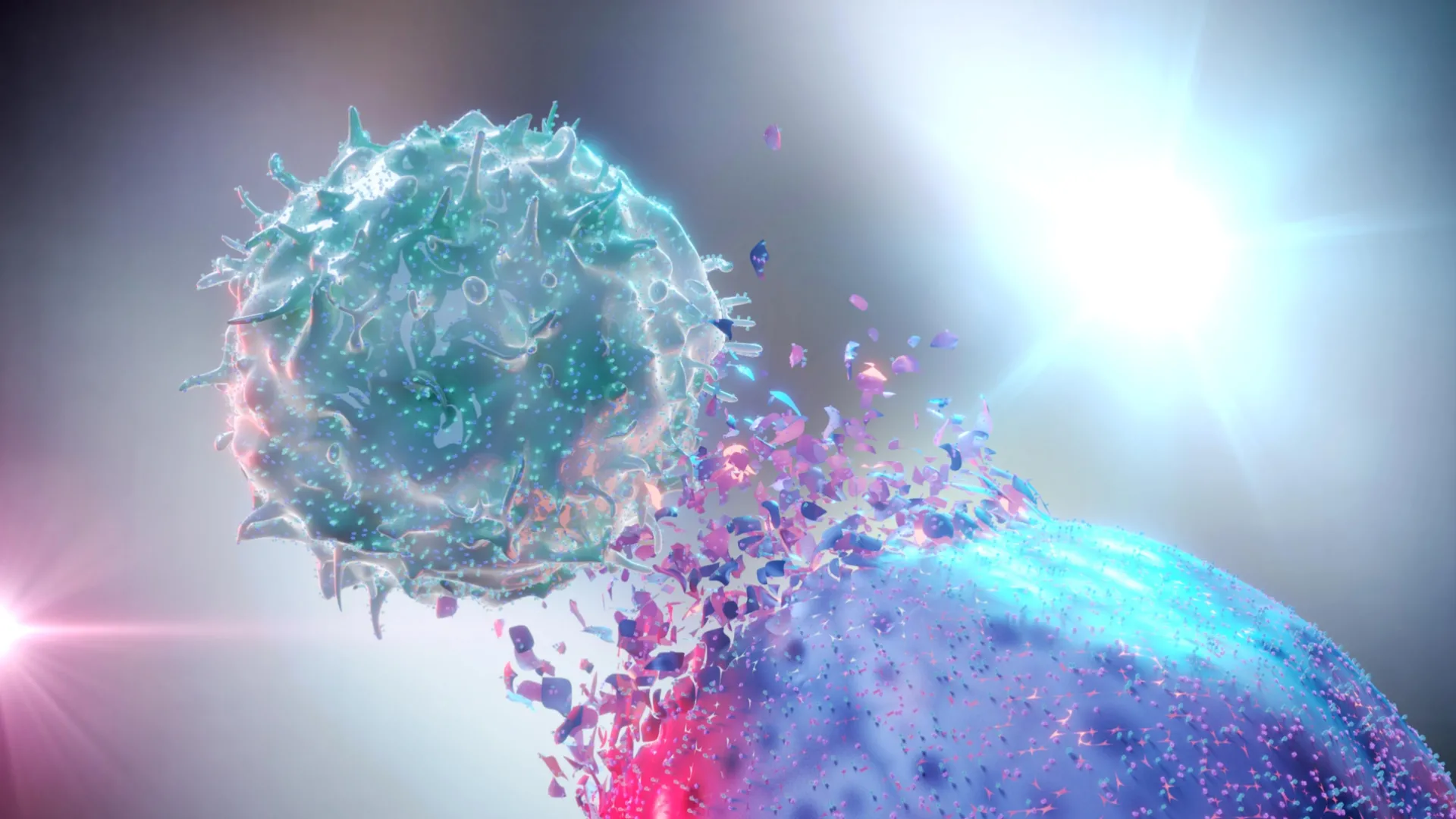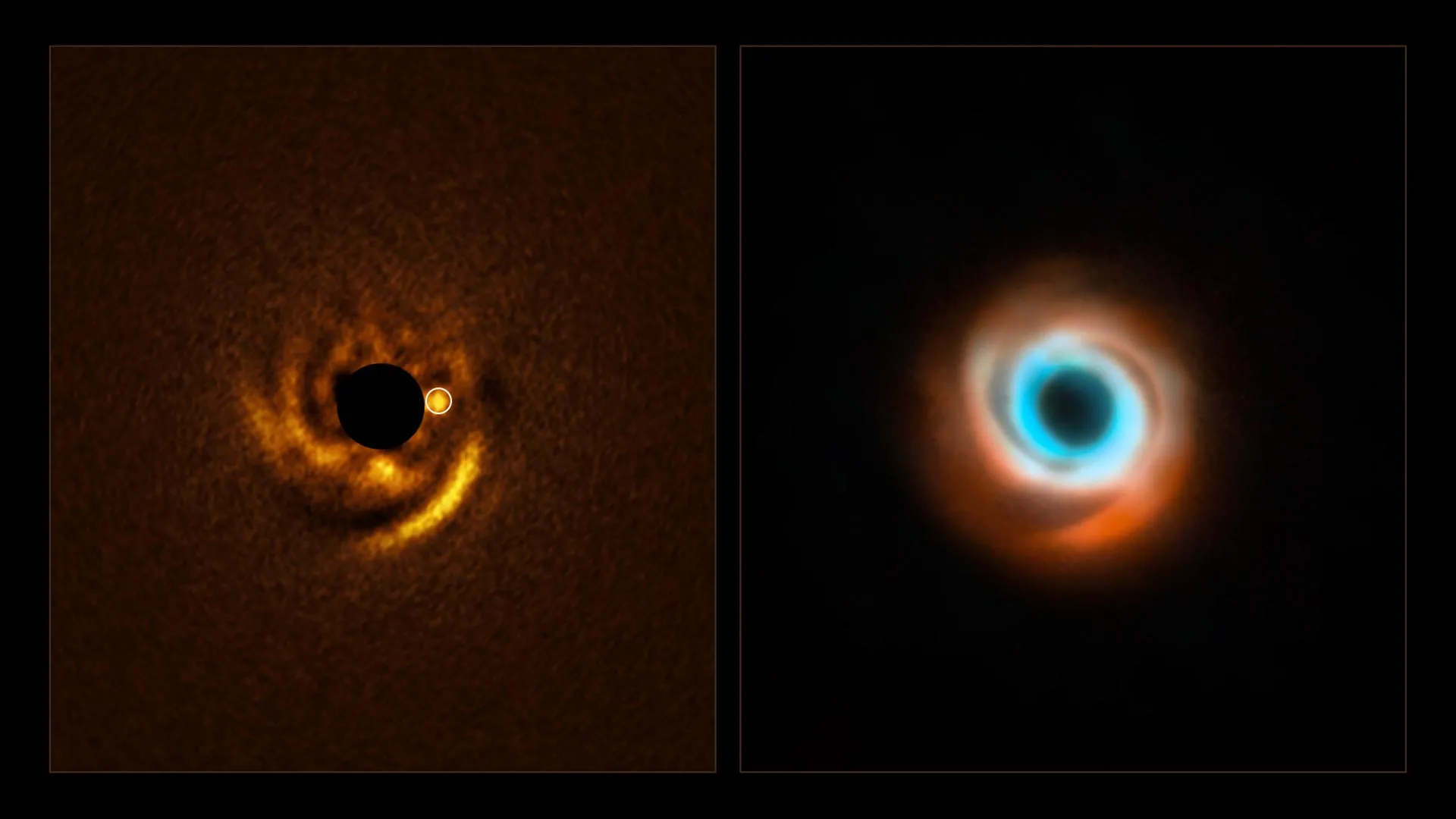Now Reading: Brain Scans Reveal How Optimists Think Alike
-
01
Brain Scans Reveal How Optimists Think Alike
Brain Scans Reveal How Optimists Think Alike

Fast Summary
- Researchers at Kobe University studied differences in brain activity between optimists and pessimists, focusing on how they envision future events.
- Using functional magnetic resonance imaging (fMRI), the study recorded neural activity of 87 subjects imagining various future scenarios.
- Findings revealed that optimists share similar brain activity patterns when thinking about the future, whereas pessimists displayed more individualized variations.
- Optimistic individuals distinguish clearly between positive and negative scenarios, processing negative events in a psychologically distant manner to reduce emotional impact.
- The phenomenon of “thinking alike” among optimists supports thier ability to communicate effectively and maintain wider social networks.
- This interdisciplinary research bridges gaps between social psychology and neuroscience, aiming to understand factors behind loneliness and interpersonal communication challenges.
- The study was funded by Japanese science agencies, with collaboration from universities including Kyoto University.
Indian Opinion Analysis
The findings contribute to a nuanced understanding of human sociability by linking optimism with shared neural patterns that facilitate mutual understanding. For India-a diverse nation often shaped by communal harmony-it highlights why fostering optimism could enhance interpersonal relationships at both individual and broader societal levels.
By showing how abstract concepts like “being on the same wavelength” are embedded physiologically,it could inform programs aimed at mental well-being or loneliness mitigation across India’s urban-rural divide where these issues vary significantly in scope.Moreover, interdisciplinary studies such as this emphasize India’s need for robust collaboration across academic domains like neuroscience and psychology-fields that remain underexplored despite their potential for influencing policy advancement in healthcare or education sectors.
























